Water Molecule Discovery Changes Science As We Know It
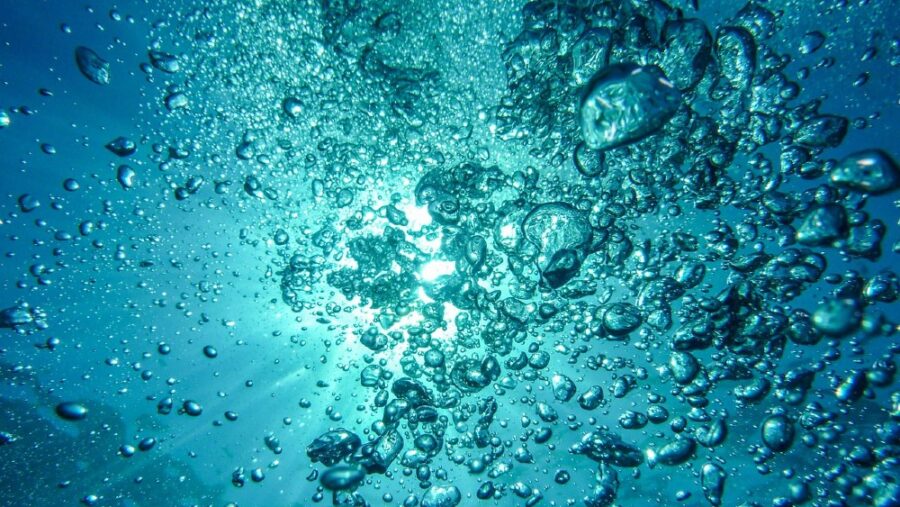
What if a single drop of water was capable of changing everything that we know about a certain scientific field? That might sound like an idea out of Star Trek, but researchers recently proved that the future is now in an experiment that has completely changed what we thought we knew about ions and water molecules. Contrary to previous beliefs about electrolytes, this recent study “demonstrates that the surface of simple electrolyte solutions has a different ion distribution than previously thought.”
New Technology Led To A Breakthrough
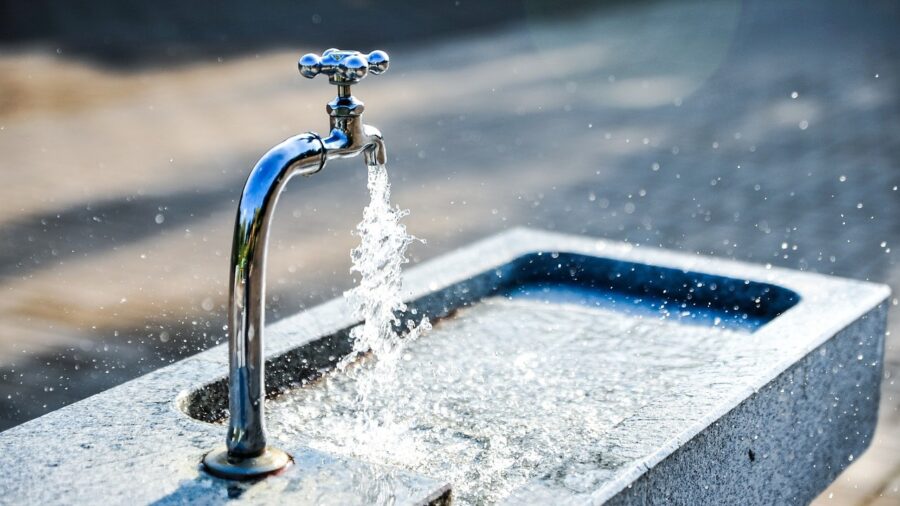
For years, our traditional understanding that the water molecules found in saltwater surfaces have aligned in a way that facilitates important processes such as evaporation. However, what we know has been limited by the technology available to us. Now that researchers have access to more specialized technology, we are learning things about water molecules that completely upend our traditional understanding.
What We Knew About Saltwater Was Wrong
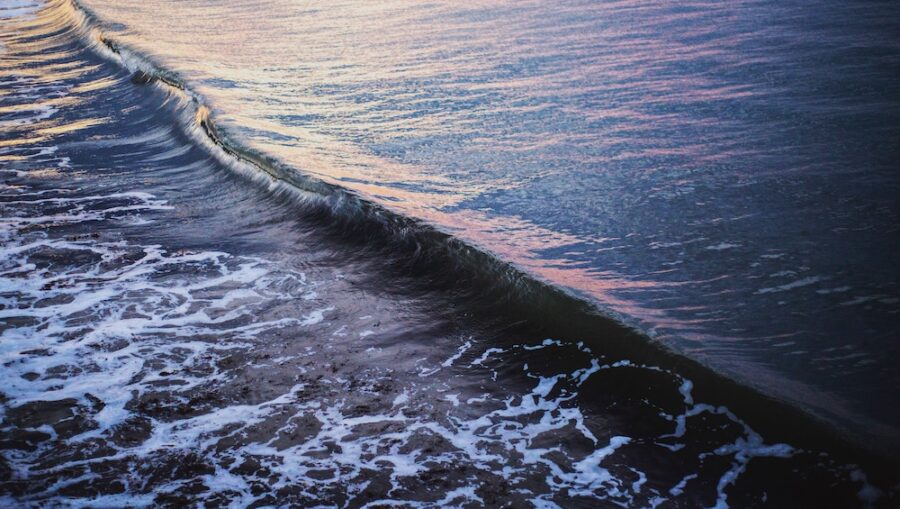
The exact technique used in this recent study is a more advanced form of what is known as vibrational sum-frequency generation, or VSGF. Previously, VSGF has been unable to detect whether the signals received from molecular vibrations occurring on these saltwater surfaces are either positive or negative. Now, researchers have been able to combine cutting-edge computer modeling with a heterodyne-detected (HD)-VSFG process, and this unconventional combination has led to some game-changing findings.
Water Molecules Don’t Move Like We Thought
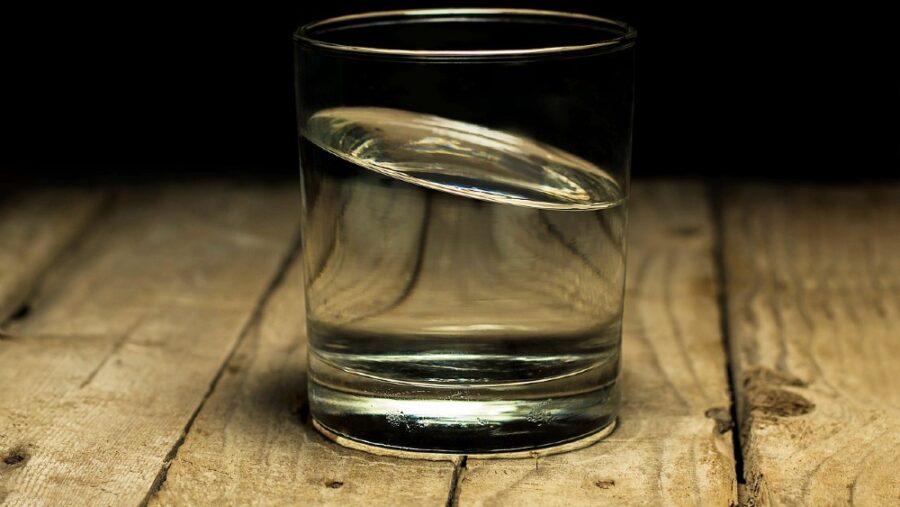
Going into this experiment, the scientists had been operating under the assumption that ions always form an electrical double layer that causes the water molecules involved to orient themselves in only one direction. However, these latest findings have revealed that the negatively and positively charged ions inside simple electrolytes can orient the water molecules in two different directions: upward and downward. The experiment also revealed that both negatively and positively charged ions get depleted from the interface between water and air.
What All Of This Means
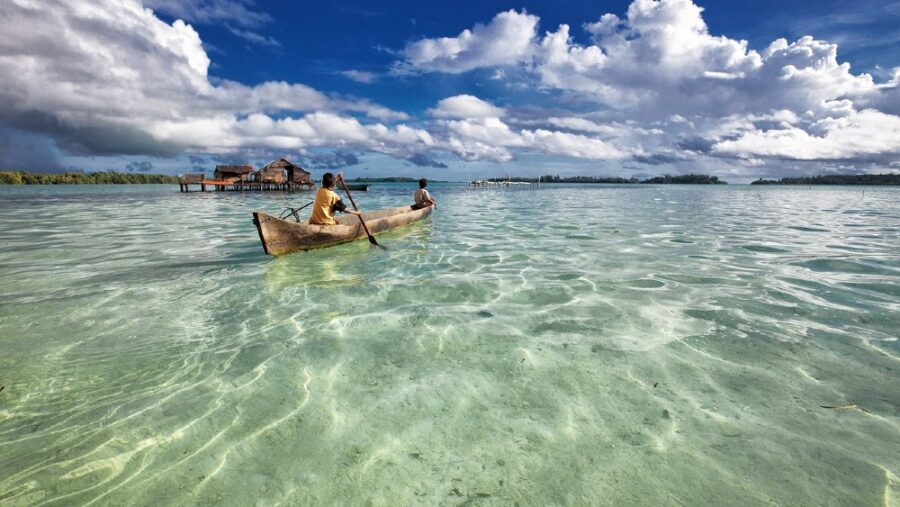
What does all this mean in simple terms? In short, as Dr. Yair Litman puts it, “Our work demonstrates that the surface of simple electrolyte solutions has a different ion distribution than previously thought.” Furthermore, “The ion-enriched subsurface determines the interface’s organization: at the very top, there are a few layers of pure water, then an ion-rich layer, followed by the bulk salt solution.”
If you’re not something of a scientist yourself, then that might not sound like a big deal. However, these water molecule findings are very profound and could have a major effect on our understanding of things as fundamental as ions and electrolytes. As an added bonus, the technological techniques used to arrive at these findings may be a similar game-changer in other fields.
How This Changes Science
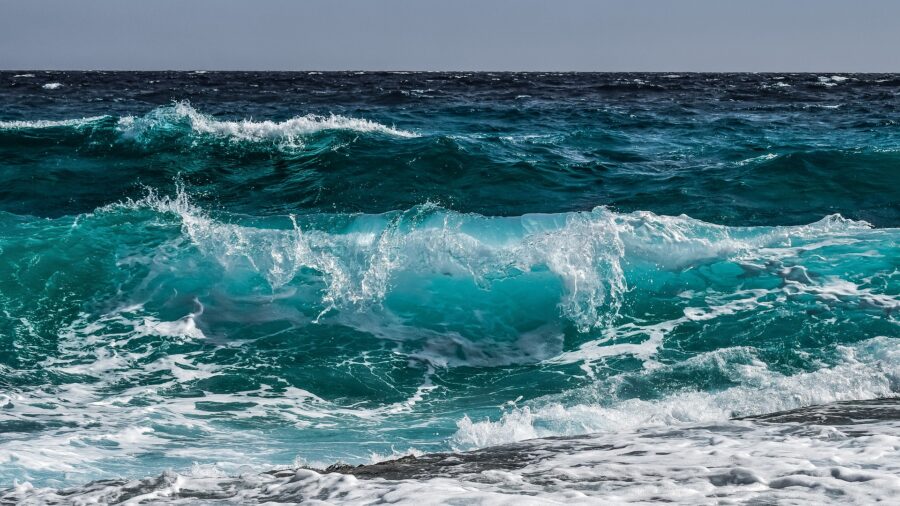
For example, the combination of computer modeling and (HD)-VSFG process is likely to help researchers go far beyond this initial water molecule study: this technique is likely to be used to help us understand other liquid interfaces on a molecular level. For the scientific community, this will be a win/win situation in the long term. The more this technique is used, the more the technology will be perfected; the more the technology is perfected, the more we will continue to discover.
As for the team behind this groundbreaking water molecule study, they aren’t resting on their laurels. They are now studying solid/liquid interfaces. If the latest research yields similar results, they may be able to innovate new energy storage solutions while improving something as fundamental to our way of life as batteries. Maybe all of this is out of Star Trek: after all, this is one team that is “boldly going” and taking us into the future, one innovation at a time.
Source: Nature Chemistry












